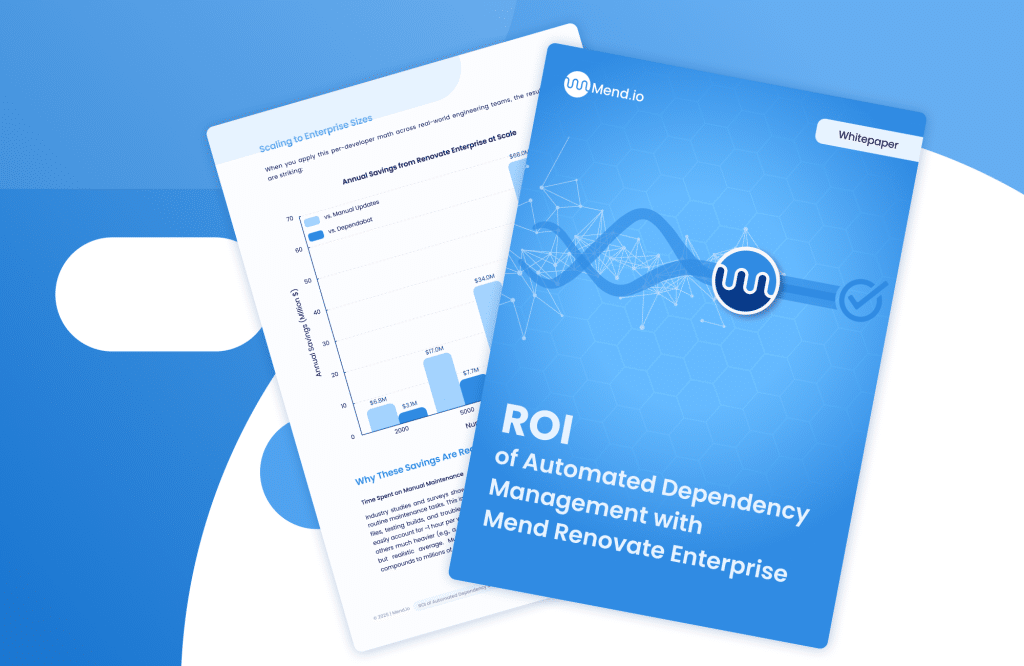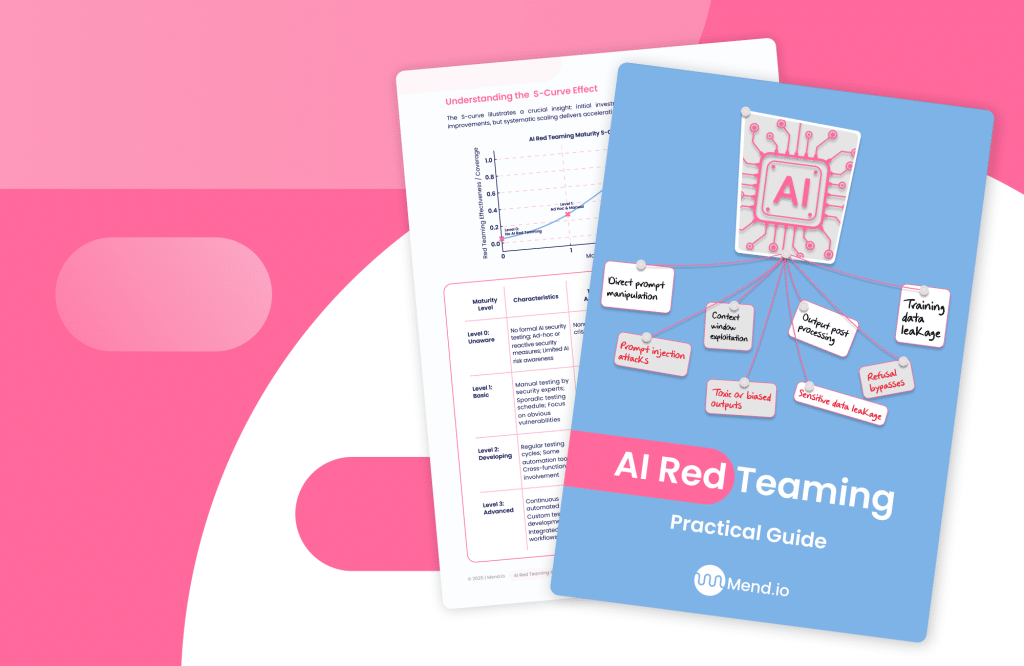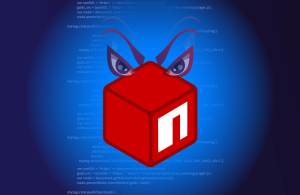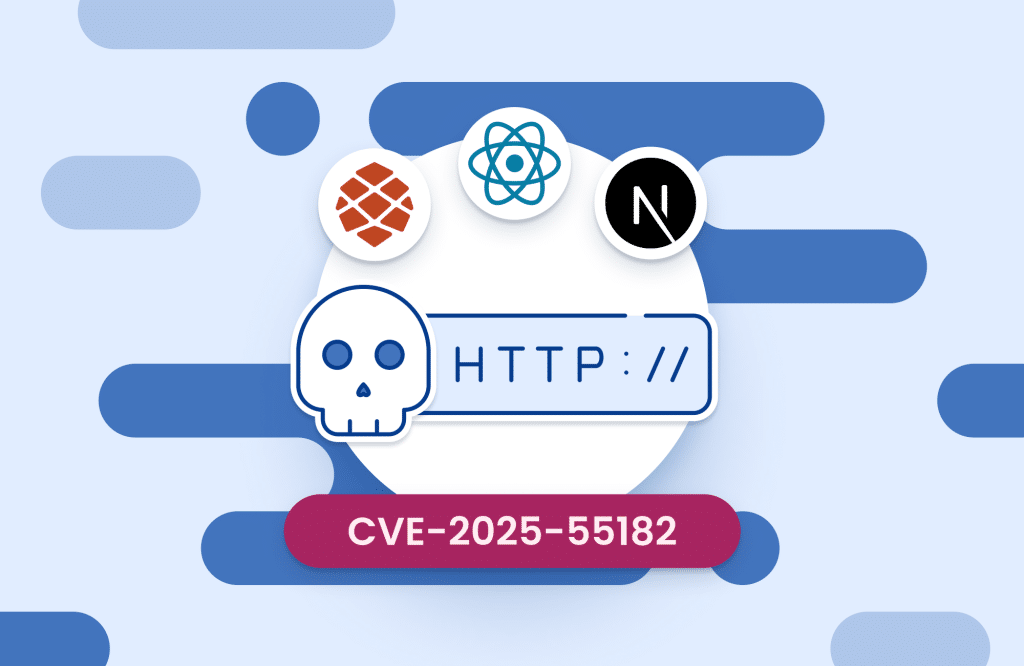Table of contents
Ultimate Guide to Open Source Security: Risks, Attacks & Defenses
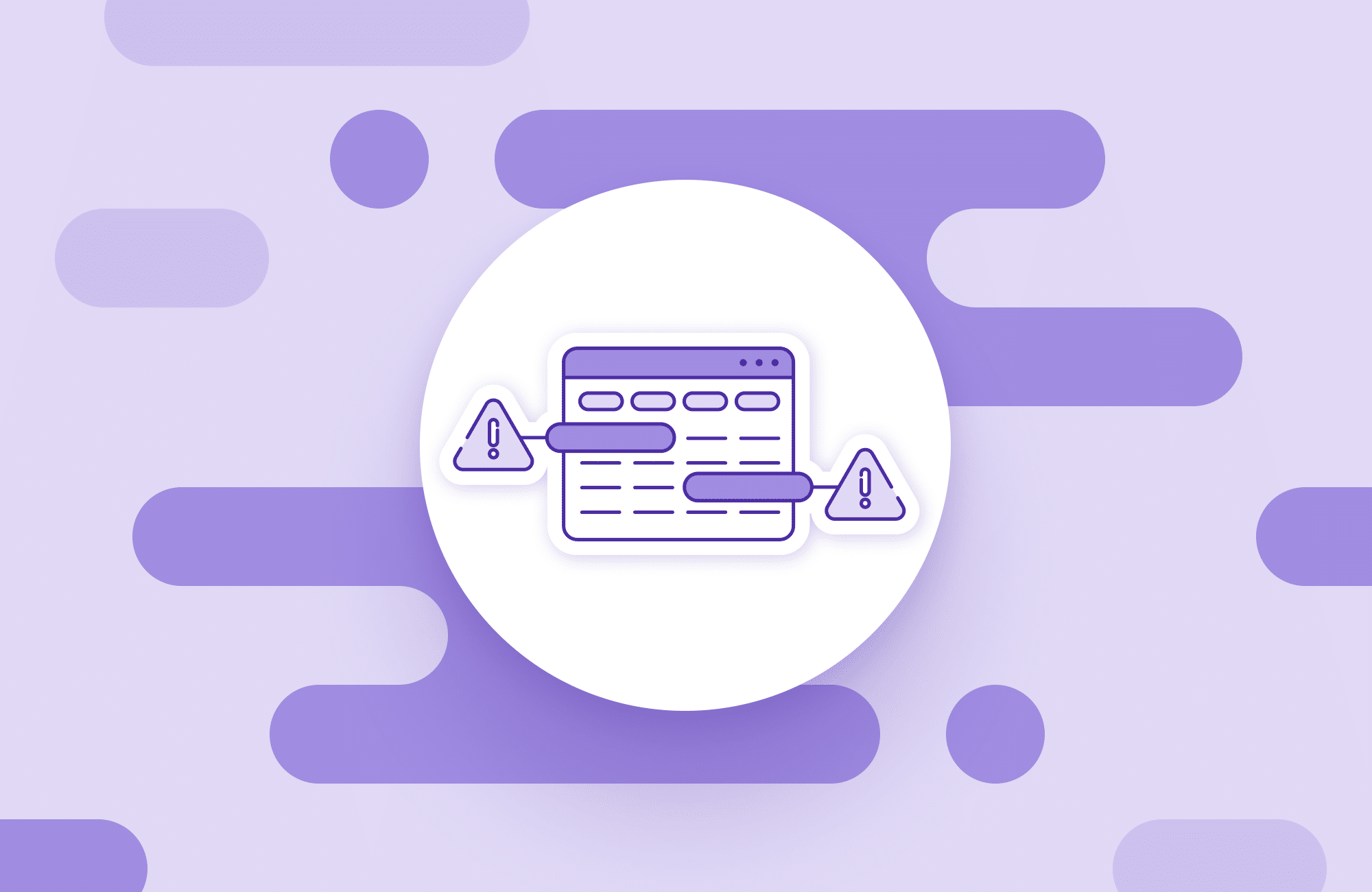
What is open source security?
Unlike closed-source code or proprietary applications, open source software (OSS) exposes its source code, allowing anyone to view, modify, or contribute to it. This transparency delivers both opportunities and unique threats; developer communities can uncover flaws faster, but attackers can also examine code for weaknesses and even easily leverage known reported open source vulnerabilities.
Open source security refers to the processes, tools, and practices used to manage and protect open-source dependencies from vulnerabilities throughout its lifecycle, from development to production. It involves identifying known vulnerabilities, using Software Composition Analysis (SCA) tools, and coordinating vulnerability discovery, patch management, dependency tracking, and community oversight. For a broader look at the current state of threats and trends, see our open source risk report.
Top 6 risks of open source software
1. Known vulnerabilities in dependencies
Many open source projects incorporate external libraries or frameworks that may contain known vulnerabilities. Attackers often exploit these pre-existing flaws, which are cataloged in public repositories such as the CVE database. Projects can quickly become at risk if they include dependencies that have unpatched security issues. Organizations frequently fail to monitor all their dependencies, making it easy for attackers to leverage well-documented exploits against widely used versions.
The challenge is not only detecting which dependencies are vulnerable, but also determining which ones are actually reachable in the running application. Reachability analysis distinguishes between components that exist in the codebase and those whose vulnerable functions are actively used. This insight helps teams prioritize fixes, focusing remediation on the vulnerabilities that truly pose an exploitable risk rather than every dependency with a CVE tag.
Even when teams are aware of vulnerabilities, updating dependencies may cause compatibility issues or break functionality. This adds friction to timely patching, driving security debt. The likelihood of exploitation increases the longer a known vulnerability remains unaddressed. As a result, open source security demands rigorous dependency mapping, continuous monitoring, and rapid patch management to reduce the attack surface.
2. Malicious packages
The collaborative nature of open source allows anyone to submit code, but this openness also introduces the risk of malicious contributions. Attackers may attempt to embed backdoors, logic bombs, or subtler time-bombed vulnerabilities that are difficult to detect. Large projects, especially those maintained by overstretched volunteers, may lack the resources for exhaustive code review on every pull request. Recent findings on malicious PyPI packages show how attackers increasingly target the open source ecosystem through package registries and machine learning libraries.
Successful insertion of a backdoor exposes not only a single deployment but potentially thousands of production environments downstream. Mitigating this risk requires strict contributor vetting, multi-party review, and automated static analysis for contributed code. Even widely used software is not immune; recent backdoor incidents underscore the importance of robust governance and vigilant community oversight.
3. Supply chain attacks
Supply chain attacks target the processes and tools used to develop, build, and deploy open source projects, rather than the source code itself. Attackers compromise trusted channels such as package repositories, build servers, or CI/CD pipelines to distribute malicious versions or tampered artifacts. Such attacks are particularly dangerous because they can propagate widely, affecting countless downstream users before detection.
Supply chain attacks amplify the impact of a single compromise, often evading standard code review or testing because the underlying tooling, not the codebase, was targeted. Examples include hijacked publishing credentials or injection of malware at the dependency packaging stage. Effective mitigation involves validating artifact integrity, enforcing strict release protocols, and monitoring the provenance of all components in the pipeline.
4. Unmaintained / abandoned projects
Open source thrives on active communities that investigate bugs and release patches. When an OSS project loses maintainers or is abandoned, its unresolved vulnerabilities accumulate. Attackers monitor these projects, knowing organizations may still rely on them for critical infrastructure. Without maintenance, security holes go unpatched, documentation stagnates, and no clear upgrade path exists for legacy users.
Depending on abandoned software creates long-term risk that compounds over time. Often, migration to alternatives is costly or viewed as low priority, so unsupported code persists in production environments. Security teams must continuously inventory dependencies, track project activity, and proactively replace or isolate unmaintained codebases to avoid inheriting critical exposures.
5. Poor documentation or misconfiguration
Open source projects with inadequate documentation present a significant risk, as users may misinterpret configuration options or deployment steps. A lack of clear guidance can lead to insecure defaults, open debug interfaces, or improper access control settings. New adopters are especially prone to errors, as they lack the context or tribal knowledge held by the core community.
Misconfiguration attacks are among the most common initial vectors for compromise. Attackers routinely exploit open administrative endpoints, mismanaged secrets, or publicly accessible services left unprotected. Well-documented installation and hardening procedures should be considered as important as secure code, as they directly affect the attack surface presented by any open source deployment.
6. License compliance risks
Open source projects are governed by various licenses, ranging from permissive (e.g., MIT, Apache) to restrictive (e.g., GPL). Failing to comply with these licenses can result in legal liability, forced release of proprietary code, or expensive remediation efforts. Many organizations lack clear processes for tracking the licenses associated with their dependencies, making accidental violations common.
Intellectual property risks are not limited to direct code usage. Contributing back to open source projects may expose proprietary business logic, and unclear provenance of incorporated code can create downstream legal exposure. Security in open source includes rigorous license vetting, legal review processes, and continuous compliance audits to avoid unwanted litigation and protect proprietary assets.
Real-world examples of open source security breaches
1. Supply chain attack on npm ecosystem
On September 8, 2025, a coordinated supply chain attack struck the npm ecosystem when a threat actor took control of a prominent maintainer’s account through social engineering. The attacker used the compromised credentials to publish malicious versions of widely used packages, including debug and chalk. These infected packages were live for roughly two hours, during which they were automatically incorporated into countless frontend builds through CI/CD pipelines and local development environments. Applications that served these assets to browsers unwittingly exposed their users to a malicious payload.
The payload injected browser-based interceptors that hooked into web and wallet APIs, enabling silent manipulation of cryptocurrency transactions. Specifically, it intercepted transaction data before signing, replacing recipient addresses with attacker-controlled wallets while maintaining a visually normal interface to avoid detection.
Although the monetary theft was limited, the attack had wide-reaching operational impacts: Malware reached an estimated 10% of cloud environments, and over 99% of environments had at least one affected package as a dependency. This incident revealed the speed and scale at which malicious code can spread through trusted open source channels.
2. XZ Utils backdoor
In early 2024, a backdoor was discovered in the compression utility XZ Utils, a tool embedded in many Linux distributions. An attacker posing as a legitimate contributor slowly built trust within the project’s maintainers and eventually committed malicious code. The backdoor allowed for remote code execution under certain conditions, placing millions of systems at risk before it was detected and disclosed.
The XZ Utils backdoor underscored how the human element is often the weakest link in open source security. Social engineering, contributor fatigue, and reliance on a small number of maintainers make projects vulnerable to targeted attacks. In response, there have been renewed calls for contributor vetting, multi-party review, and enhanced project governance to protect critical infrastructure.
3. Compromise of npm core maintainer account
In late 2022, the npm ecosystem suffered a major breach when the account of a core maintainer was compromised. The attacker gained access to the developer’s npm credentials, likely through a combination of credential reuse and phishing. With full access to the maintainer’s account, the attacker published malicious versions of several high-impact packages, including ua-parser-js, which is used across thousands of applications for user-agent parsing.
The malicious packages included cryptominers and trojans. Once installed, they could hijack host machines for unauthorized cryptocurrency mining or exfiltrate sensitive data. Because the malicious code was embedded in legitimate updates, users who trusted the maintainer’s reputation were unknowingly exposed.
Learn more in our detailed guide to malicious packages npm
4. Log4Shell
In late 2021, the Log4Shell vulnerability impacted the widely used Java logging framework, Log4j. By sending specially crafted log messages, attackers could trigger remote code execution on systems running vulnerable versions of Log4j. The exploit required minimal technical skill and affected everything from enterprise servers to cloud infrastructure, with potential for data theft, lateral movement, and complete takeover.
Log4Shell highlighted the systemic risk in open source dependencies: Critical infrastructure widely used across countless downstream applications can expose the entire ecosystem to a single point of failure. The incident prompted software vendors and enterprises alike to inventory their dependencies and accelerate patch cycles. It also raised questions around resourcing and support for underfunded but critical open source components.
Key technologies used to secure open source dependencies
Here are some of the tools and technologies organizations use to ensure their use of open source is secure.
Software composition analysis (SCA) tools
Software composition analysis (SCA) tools focus on identifying and managing the open source components included in applications. They automate the process of cataloging dependencies, detecting known vulnerabilities, and mapping associated licenses. By continuously scanning project codebases, SCA tools help development teams spot risky libraries, outdated code, and license non-compliance, all of which are crucial for open source security.
SCA platforms can integrate with CI/CD systems for automated audits, alerting developers to new threats as dependencies are added or updated. Many SCA tools also cross-reference against threat intelligence feeds and vulnerability databases for up-to-date risk profiles. Effective use of SCA significantly reduces the window of exposure and supports compliance with corporate or industry standards. To explore leading options, check out our review of top SCA tools for 2025.
Infrastructure as Code (IaC) security
Infrastructure as code (IaC) automates the provisioning of cloud resources using scripts or configuration files. IaC security tools analyze these files for misconfigurations, excessive permissions, or risky design patterns that could expose infrastructure to attack. As IaC has become standard in DevOps workflows, scanning for security risks before deployment is essential.
Unchecked errors in IaC definitions can cascade rapidly, creating open network ports, public storage buckets, or overprivileged service accounts. Automated IaC security platforms parse templates, flag insecure configurations, and enforce policy guardrails. Integrating these tools into deployment pipelines helps prevent vulnerabilities at the infrastructure provisioning phase, improving the security posture of open source and proprietary deployments alike.
Learn more in our detailed guide to open source security risks
Container vulnerability scanning
Containers package applications and dependencies together, making them easy to deploy but also prone to inherited vulnerabilities. Container vulnerability scanners examine images for outdated software, embedded secrets, and misconfigurations. By mapping known CVEs inside containers, these tools allow teams to proactively patch or rebuild unsafe workloads before release.
Comprehensive scanning covers both base images and application layers, as vulnerabilities can reside in either. Integrating container scanning in the build pipeline ensures issues are caught early. Regular scanning of deployed containers adds a further layer of defense, monitoring for drift and rapid response to newly disclosed threats in the open source or base layers.
Best practices for securing open source software
1. Maintain a complete up-to-date SBOM
A software bill of materials (SBOM) is a detailed inventory of all components, libraries, and dependencies within a software project. Maintaining a current SBOM allows organizations to quickly assess exposure to new vulnerabilities and understand the full risk profile of deployed applications. It supports transparency and enables faster remediation when upstream components are found to have critical security flaws.
Automated SBOM generation and maintenance should be integrated into the software development pipeline. Clear documentation of all software artifacts, versions, and sources improves visibility and supports compliance with regulatory frameworks. Regular SBOM reviews help verify that unauthorized or untracked dependencies have not been added, further strengthening the security posture.
2. Regularly patch and update dependencies
Vulnerabilities in open source dependencies are among the most exploited attack vectors. Establishing a routine for reviewing, patching, and updating dependencies limits the window of exposure to newly discovered flaws. Automated tools can monitor for security advisories and trigger alerts when updates become available, ensuring vulnerabilities are remediated promptly.
Implementing a regular patch cadence also reduces technical debt and encourages the use of more secure, up-to-date software. Testing updates in controlled environments before deploying into production prevents breaking changes. A disciplined approach to patch management is vital for maintaining long-term security in any system reliant on open source components.
3. Use trusted sources and verified packages
Always source open source components from official repositories and verified publishers. Using trusted channels mitigates the risk of poisoned or compromised packages slipping through. Verification mechanisms, such as signed packages or checksums, provide assurance that downloaded components have not been altered by third parties.
Maintaining strict policies for dependency approval ensures that only well-maintained and well-audited packages are incorporated. Avoiding obscure forks, unofficial mirrors, or unvetted codebases helps prevent exposure to both known and hidden risks. These measures reduce the likelihood of supply chain compromises and streamline incident response if a dependency must be updated or replaced.
4. Enforce license compliance policies
License compliance is essential to avoid legal and operational risks in open source software adoption. Documenting and enforcing approved licenses ensures that all components are used legally and according to organizational policy. Automated license scanning tools help detect incompatible or unknown licenses within complex software stacks.
Regular compliance audits, backed by legal review where necessary, help avoid accidental violations that can become costly. Establishing clear policies and developer training on license management reduces the risk of inadvertent breaches. License compliance should be treated with the same priority as technical security, forming a core part of open source adoption strategies. For practical steps, see our guide on open source compliance, which outlines how to manage licensing obligations and reduce legal risk.
5. Adopt secure coding practices
Secure coding practices minimize the likelihood that vulnerabilities will be introduced into open source projects. Conducting regular code reviews, using static analysis, and following industry standards help detect and address bugs early. Encouraging contributors to follow secure development guidelines—such as input validation, least privilege, and safe error handling—raises the overall security bar for the community.
Investment in developer training and knowledge sharing around security best practices pays dividends in reduced exploitability. Codifying patterns for secure authentication, authorization, and encryption within open source projects further drives the adoption of safe defaults. A culture of security-minded development helps protect both upstream projects and downstream users.
6. Integrate security into DevOps workflows (DevSecOps)
Embedding security assessments into every stage of the DevOps lifecycle, known as DevSecOps, ensures that vulnerabilities are identified and resolved from initial development through to deployment. Automated scans, policy enforcement, and continuous monitoring can be integrated into CI/CD pipelines, turning security checks into a scalable and repeatable process.
DevSecOps practices foster collaboration between development, security, and operations teams, reducing friction and aligning priorities. This approach enables fast and secure delivery, with security considered a shared responsibility rather than a siloed function. Regular feedback and real-time remediation lead to better security outcomes and greater confidence in open source adoption at scale.
The evolution of open source security at Mend.io
Open source security has evolved rapidly, and so has Mend.io’s approach to it. The company began by addressing one of the earliest and most fundamental needs in the ecosystem: understanding what’s inside your code through software composition analysis (SCA). This foundation gave development and security teams visibility into their open source dependencies, licensing obligations, and known vulnerabilities.
As the threat landscape grew more complex, Mend invested heavily in reachability analysis, the ability to determine whether a vulnerable function is actually called by the codebase. This innovation marked a shift from simply identifying vulnerabilities to understanding their real-world impact, helping organizations focus remediation where it matters most.
Recognizing that security cannot stop at detection, Mend also expanded into automation with Renovate, the industry’s leading open source tool for automated dependency updates. By enabling teams to patch faster and more consistently, Mend bridged the gap between vulnerability awareness and active remediation.
Over time, these capabilities naturally converged into a broader application security platform, one that connects SCA, SAST, container security, and AI security under a unified framework. The evolution reflects a core belief: securing software today means securing the entire lifecycle, from open source to AI-driven development. Mend’s journey mirrors the larger shift in the industry, from fragmented tools toward integrated, context-aware security that keeps pace with modern development.
